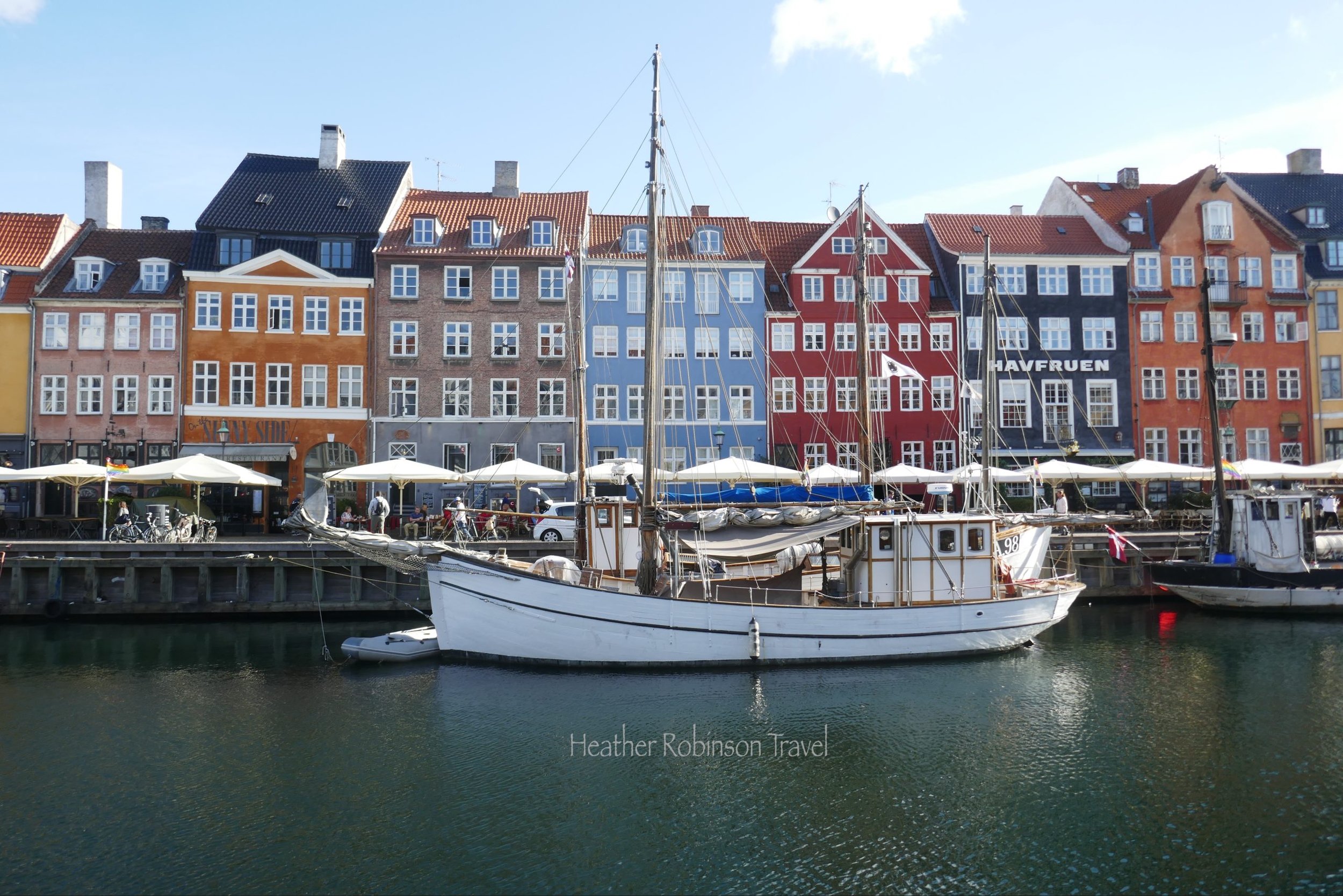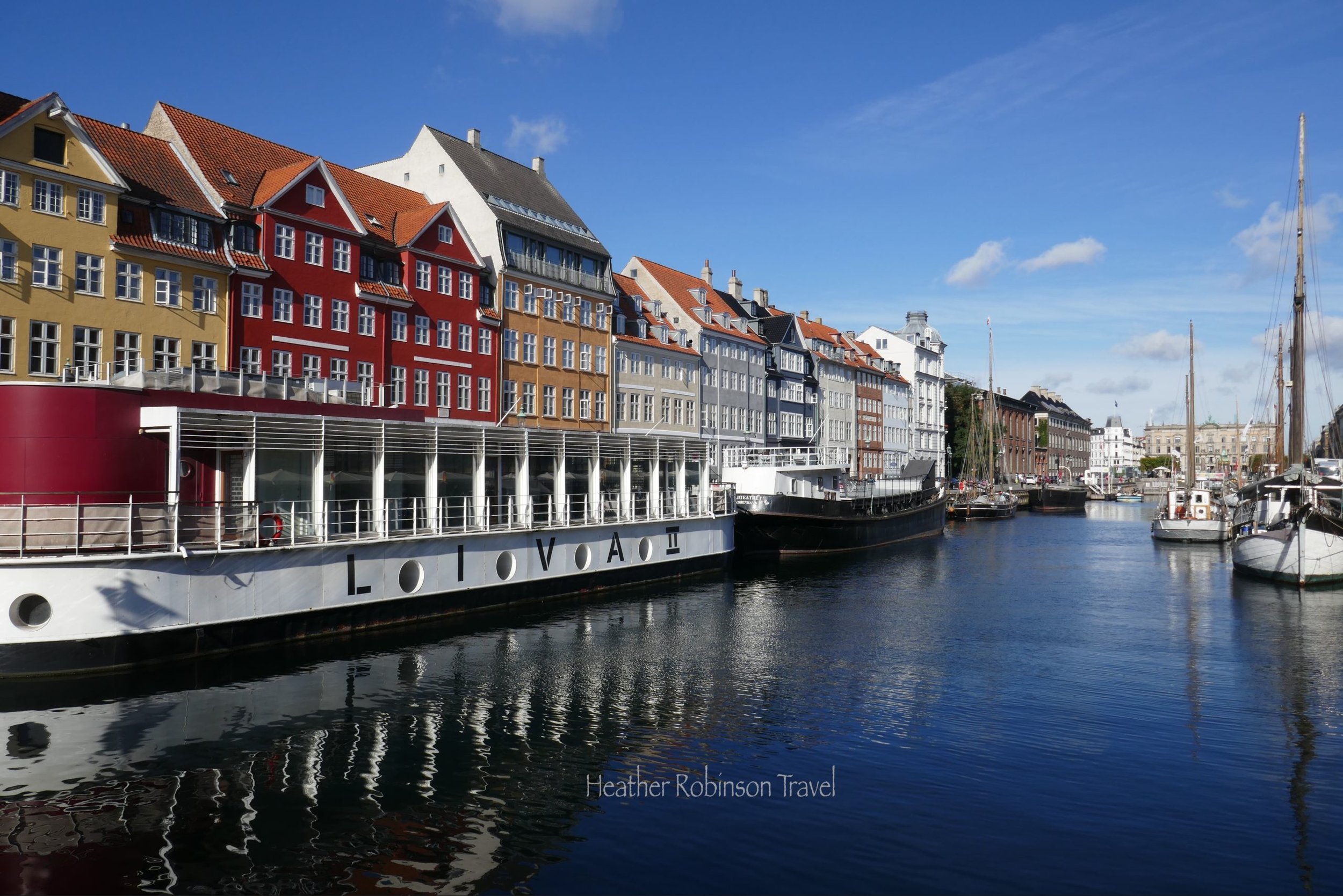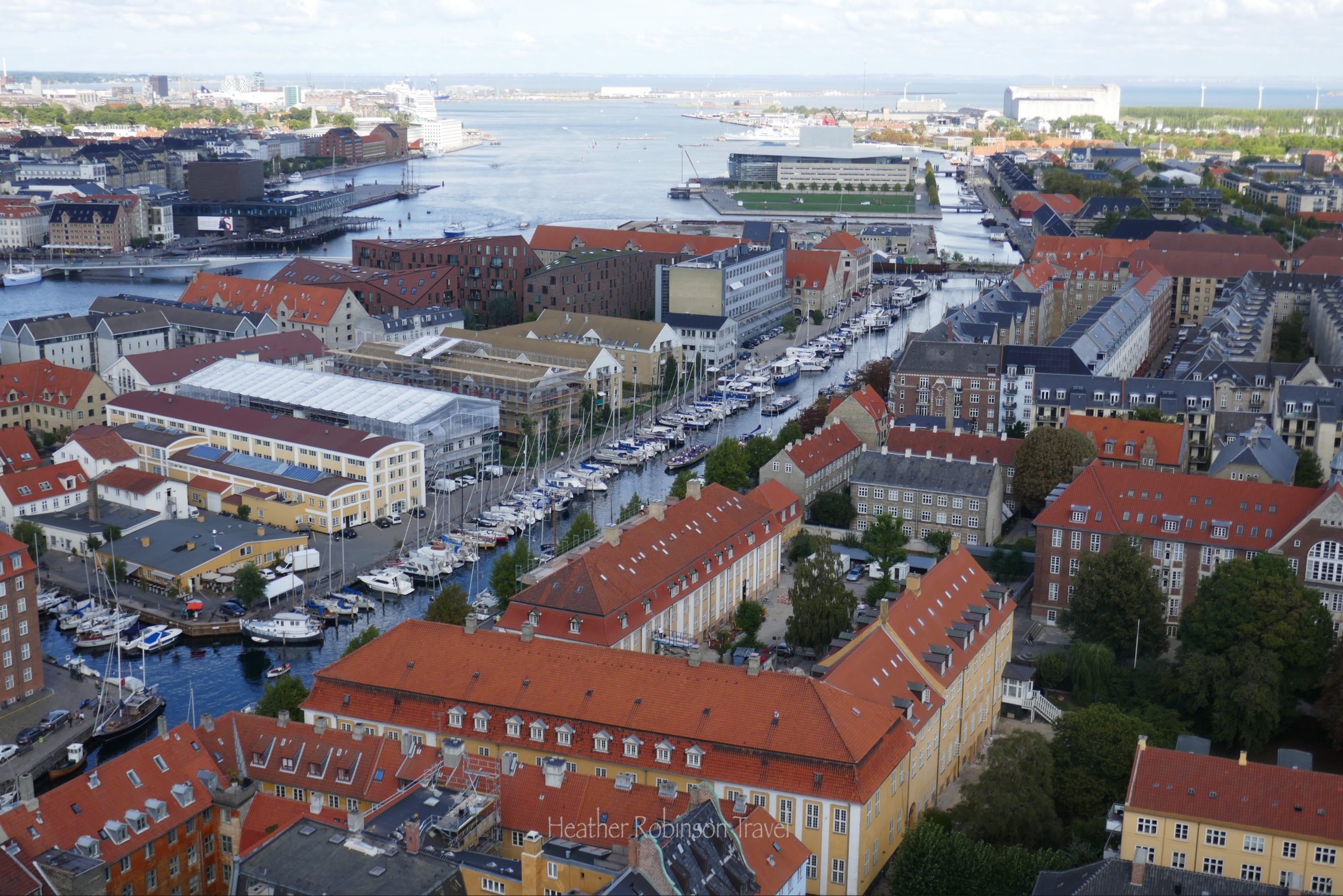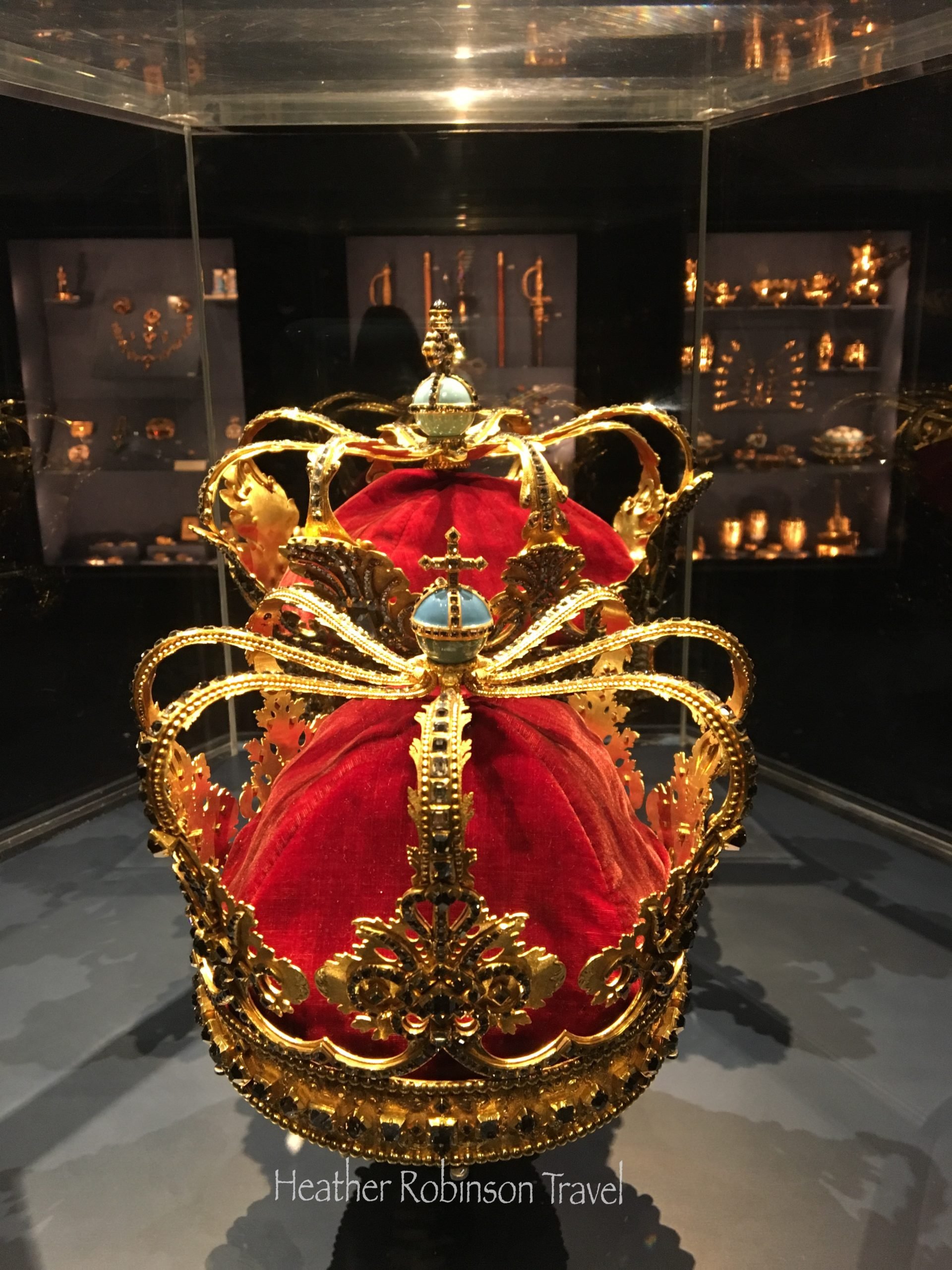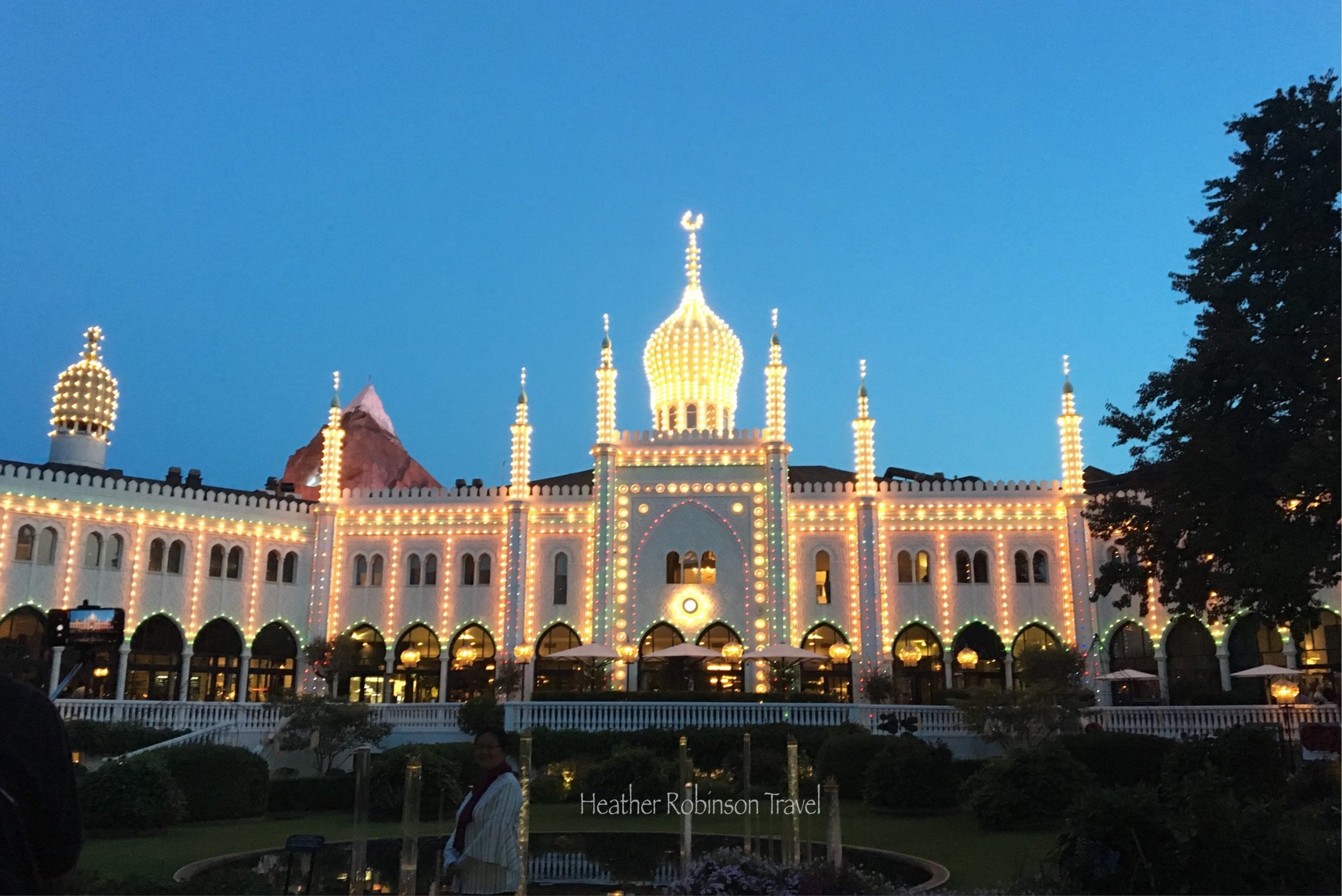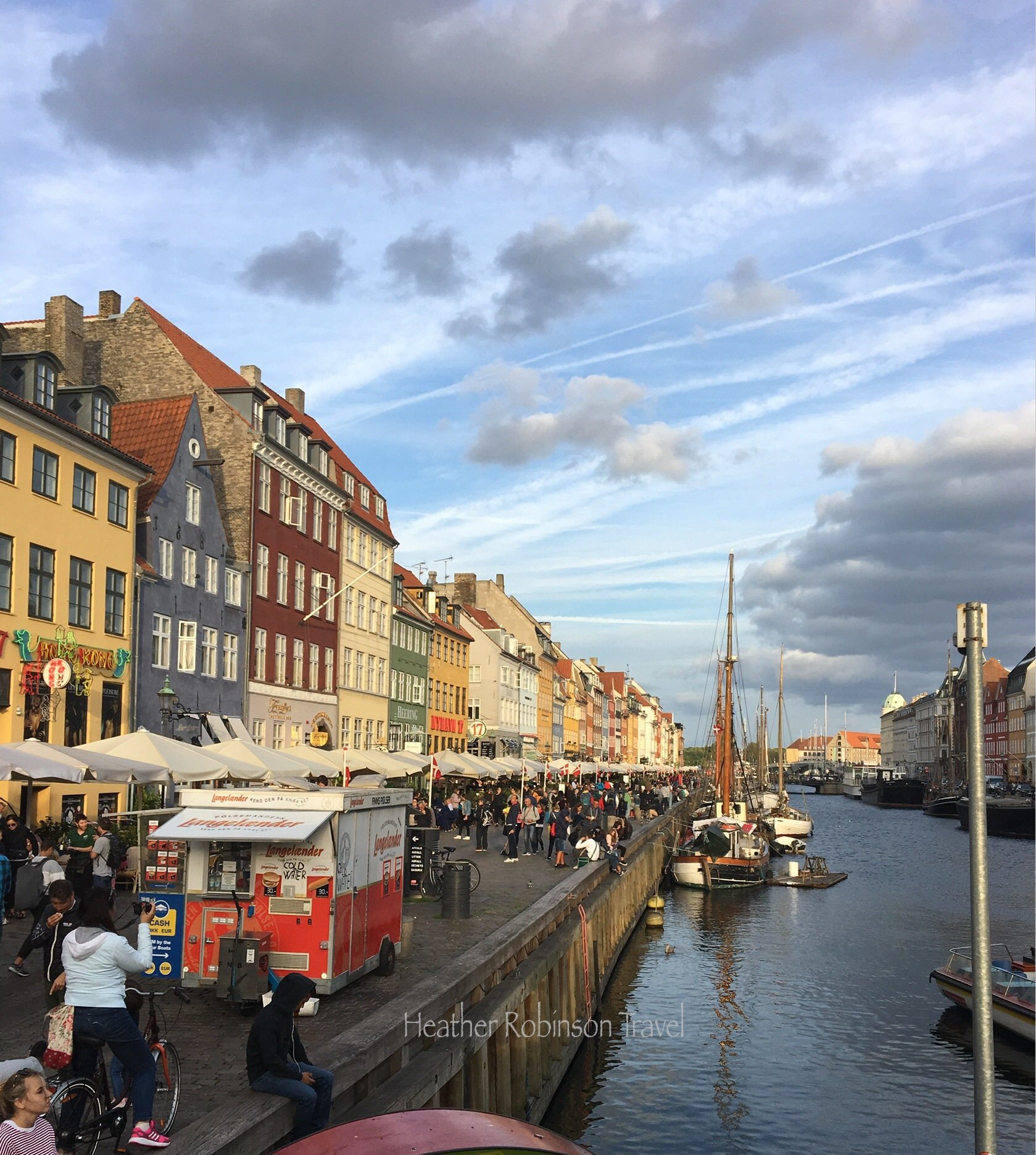Copenhagen
Five days to attempt to understand Hygge (pronounced hoo-ga), the Danish term for all things cozy and comfy. While we were in Copenhagen, I opened the online NYTimes mini crossword and found hygge was the answer to 7 across... It seems as if everyone is talking about hygge!
Hygge means creating a warm atmosphere and enjoying the good things in life with good people. The warm glow of candlelight is hygge. Cosying up with a loved one for a movie – that’s hygge, too. Restaurant chairs draped with blankets…hygge! Perhaps hygge explains why the Danes are some of the happiest people in the world.
Copenhagen has a wonderful feel to it. It’s friendly without being over-the-top. Everyone speaks English, there are beautiful buildings, cafes and fabulous restaurants everywhere. I had a list of bakeries I wanted to try and set out each morning with my map and an appetite. I had avocado toast at Cafe Atelier September, an espresso glazed croissant from Andersen & Maillard and a cardamon bun from Juno the Bakery. It was tough research, but someone had to do it! My conclusion..you can’t go wrong!
The cost of living is high and owning a car is very expensive so most people rides bikes. I loved watching the morning commute! Young, old, high heels, tattoos, cigarettes, cellos, kids going to school, parents with carts for their kids…everyone rides!
We flew non stop from Boston to Copenhagen with Scandinavian Airlines and arrived at 6am, which felt like midnight to us. That first day is always such a weird day but we made the most of it by dropping our bags at our hotel and getting on a morning canal boat tour. The boat was an excellent introduction to Copenhagen and was an easy thing to do with our tired bodies.
The restaurant scene in Copenhagen is among the worlds most distinct and innovative. The Nordic kitchen focuses on high quality, seasonal produce. The leader of the new Nordic cuisine is Noma having been named the best restaurant in the world for several years, but good luck getting a reservation! The current season at Noma is the vegetable season and dinner for one costs DKK 2,250 or about $350! The good news is that just about everyone who owns a restaurant in Copenhagen used to work at Noma. We were able to make a reservation at 108, described in the recent NYTimes 36 hours article as the first Noma spinoff that adheres to the foraging-pickling-fermenting culinary philosphy. Our server brought us warm sourdough bread with butter that he described as made with 43% full cream and 1% sea salt. It was unbelievably delicious. And that was just the bread course! From there we tried several small plates – things like radish with salted green strawberries, brown beech mushrooms with smoked egg yolk sauce, lobster with raspberries and seaweed ice cream with raspberry powder!
Our hotel suggested a nearby restaurant, Pluto that served small plates and could seat us if we came early. That worked for us so we trusted the recommendations of our server and had a delicious meal, even though we weren’t quite sure what we were ordering! From our table at Pluto, we could see the line of people waiting to order a burger from the Gasoline Grill. Having just watched the Copenhagen episode of Somebody Feed Phil on Netflix, we were very curious to try the butter burger. The building really is at a gas station and the line would have to move when a car pulled in to buy fuel! After two nights of the New Nordic cuisine, we were more than ready for the simplicity of a good burger since it meant we would know what we were ordering and it would be significantly less expensive. The down side…? There are no tables and you are at a gas station. After picking up our food, we walked about two minutes and came to a park with benches so we ate outside…hygge style!
My significant other had a conference to attend so I participated in a three hour walking tour called Hygge & Happiness with Urban Adventures, a company that offers local guides, small groups and prides itself on getting you away from the crowds. The adventure began when I had to find the corner of Oster Voldgade and Hjertensfrydsgade street where the tour started. There were just three of us on the tour, plus our local guide Morten, who was thorough, patient and informative. We began in the Nyboder neighbourhood where Morten explained that the historic yellow row houses were an example of hygge, a close knit community, right in the middle of the city.
The tour included a delicious pastry, a kanelsnegl (cinnamon bun) from Det Rene Brod that we ate at the foot of the Hans Christian Andersen statute in the King’s Garden. Hans Christian, the Danish author, was best known for his fairytales. Netflix has a new series called Disenchantment, described as an adult animated fantasy sitcom set in the medieval kingdom of Dreamland and follows the story of Bean, a rebellious and alcoholic princess. Someone with a good sense of humour and irony had placed a statue of Bean staring down Hans Christian Andersen!
The Little Mermaid, by Hans Christian Andersen, begins with “Far out in the ocean, where the water is as blue as the prettiest cornflower and as clear as crystal it is very, very deep…there lived a young mermaid. The Little Mermaid statue was a gift to the city in 1909, designed by Edvard Eriksen, and has become a marketing symbol for Copenhagen — but it’s difficult to get close to it due to the busloads of tourists elbowing each other for a photo! We saw the statue from our boat tour and then I returned one afternoon to elbow my way past everyone to get a photo!
One afternoon, I fought my way up the increasingly narrow steps of the Church of Our Saviour in the Christianshavn neighbourhood for the incredible views of the city. The stairs to the top are shared by tourists going up and down with very little guidance other than the ticket person telling people to wait until ten people descended before heading up. The view was incredible but if you are claustrophobic at all, I would skip this!
I wandered to the outdoor food court at the foot of the Inderhavnsbroen, the inner harbor bridge for pedestrians and cyclists, and had a classic Danish sausage for lunch, described as beef sausage with herbs of the season in a brioche roll with relish and lime pickled red onions. And that was just at a simple kiosk, imagine the description if it had been served in a restaurant!
I walked an average of 12 miles each day and when I needed a break it was easy to find a coffee shop or a market or a park bench, since they are in abundance in Copenhagen. The weather was perfect, mid 70’s and sunny, so I didn’t want to spend much time in museums but I did venture indoors to see the crown jewels at the Rosenborg Castle built by King Christian IV in the early 1600’s.
On our last evening we visited Tivoli Gardens because we felt we should. Celebrating 175 years and one of the oldest amusement parks in the world, it has the usual rides and food courts, but also beautiful gardens and entertainment. It's a manageable size and easy to access as it is within the city limits.
Four and a half days was a perfect amount of time in this wonderful city. We felt like we hit most of the highlights but would happily return again. We hardly made a dent in the restaurants that were recommended, there were plenty more bakeries to try and we didn't go inside many museums. The Danes seem to have figured out a lot of what is needed to make a city run smoothly and were very welcoming to visitors. You should go!

